Jøtul has the most comprehensive and experienced dealer network in the world. It guides you through the process from the decision to purchase a new stove or a fireplace until the new Jøtul burner is ready for use at home. But before visiting your reseller, there are many aspects to consider.
Having specialists from our reseller network will save you time and money. They can advise you according to your needs, lifestyle and budget.
In this article you'll find some aspects that you should consider before purchasing a new stove or stove.
1. Power heating and location
To make your Shutters or hearth a satisfying experience, it is essential that you be the size and strength you really need. If the house is very large, it will always be used at low engine speeds and end up with undesirable accumulations of soot on the glass and channel. If your stove is too small, you may press hard on yourself and lower yourself.
The distributor needs information about the area to be heated and the type of insulation to advise you. Generally, the house with good insulation and insulated windows needs to produce heat from 60-70 watts per square meter. Thus, to heat an area of 70 m2, it is necessary to generate a continuous fire to generate approximately 4,5 kW. Thus, the ideal would be to calculate some additional kilowatts for severe cold periods, but these calculations can be affected by insulation, number of windows, ceiling height, etc.
2. Is ventilation important?
To function properly, a home or a stove needs an air source. The chimney sucks air from the house, but if your house is well insulated, or if you have mechanical ventilation systems or hood covers that compete with the natural draft of the chimneys, you may encounter operational problems. The recommended solution is to connect the external air source. You can have this outdoor air install air networks in the wall or create a separate air channel from the outside to the bottom of the stove or stove.
3. Windows and insulation
Poorly insulated old homes need much more heat than well-insulated homes with camera windows. The power loss in poorly insulated homes is well known, but on the contrary, we found well-insulated and energy-efficient homes, and we will need a stove that has an outdoor air source and works efficiently even at low rates. The Jøtul F 160 series is a good example of this with ideal combustion of just 3 kW.
4. Behavior and FIREPLACE
Most problems related to stoves and firewood houses come from a small heater or not working properly. For optimal operation, the smoke evacuation channel should have an internal diameter greater than the diameter of the smoke outlet in the home or stove it serves. In the Installation Guides, you will find information about the depression or shot required for optimal operation.
The basic rule is that a channel meter provides four pascals for lead or depression. Almost any house cannot operate under 12 Pa. Sudden elbows in your chimney reduce the fire. If you are not sure which chimneys you need, Jøtul Agent can advise you.
5. Where to place your stove or fireplace
Every house or fireplace is different. Some are designed to be placed near walls or combustible materials (including wooden walls), while others need fireproof coating near the wall. Consider the distance characteristics of the manufacturer's combustible materials and the materials of your home.
6. Weight and loading supported by the dock
Most Jøtul fireplaces, homes or cassettes can be installed without having to reinforce the floor, but to play safely, an estimate of weights must be made. According to the Norwegian standards, each square meter of soil can guarantee a load of 150 kg. The weight of the chimney should be divided between the area covered by the house plus an additional 0.6 meters in each direction.
Thus, the weight of the beds occupying a basic area of 0.5 x 0.5 meters is distributed over an area of (0.6 + 0.5 + 0.6) m (0.6 + 0.5 + 0.6) m = 2.89 m 2. In this way, a house with a basic area of 0.5 × 0.5 0.5 meters to weigh up to 433 kg (2.89 m2 x 150 kg / m2). Usually, houses are laid on the wall, which slightly limits the surface to be evaluated. Seek professional help if this is complicated.
7. Install a wood house or stove
In Norway, it is legal to install a fireplace or a fireplace yourself. You can also choose to rent a full installation from a professional. Usually, it should be paid for two people for 4 or 5 hours, which may include preparations, transportation, etc. In any case, the work of installing a stove can vary between two hours and an entire day. In the case of the home, the duration will depend on the decoration and the work is done.
8. Approval, inspection, and maintenance
Before using a new fireplace or fireplace for the first time, installation may require the approval of the authorities, depending on the country. Professional distributors can help you with paperwork. Schedule potential inspection and maintenance activities with a future professional.
9. Withdraw from an old stove or home
Many distributors will offer to remove the old stove or stove, and old stoves are often sent to Jøtul to be thawed and converted into new and modern wood stoves or stoves. It might be a good idea to take a picture of the dealer to evaluate the cost of dismantling and removing the old stove or stove.
If demolition and debris removal is involved, the cost may increase slightly. You can also receive advice on local regulations and how to proceed accordingly. You can also disassemble and remove the old stove yourself, but remember to close and isolate the stove opening correctly if you are not going to use it to create a new home or a new stove.

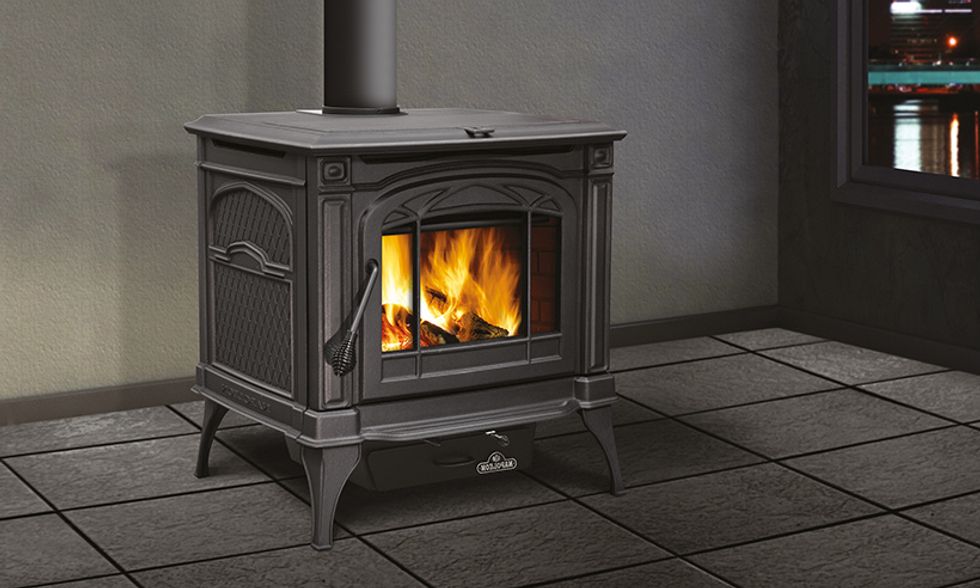

 Photo by
Photo by  Photo by
Photo by 

 Photo by
Photo by  person holding black smartphone on white textile
Photo by
person holding black smartphone on white textile
Photo by  StableDiffusion
StableDiffusion
 Photo by
Photo by  Photo by
Photo by 
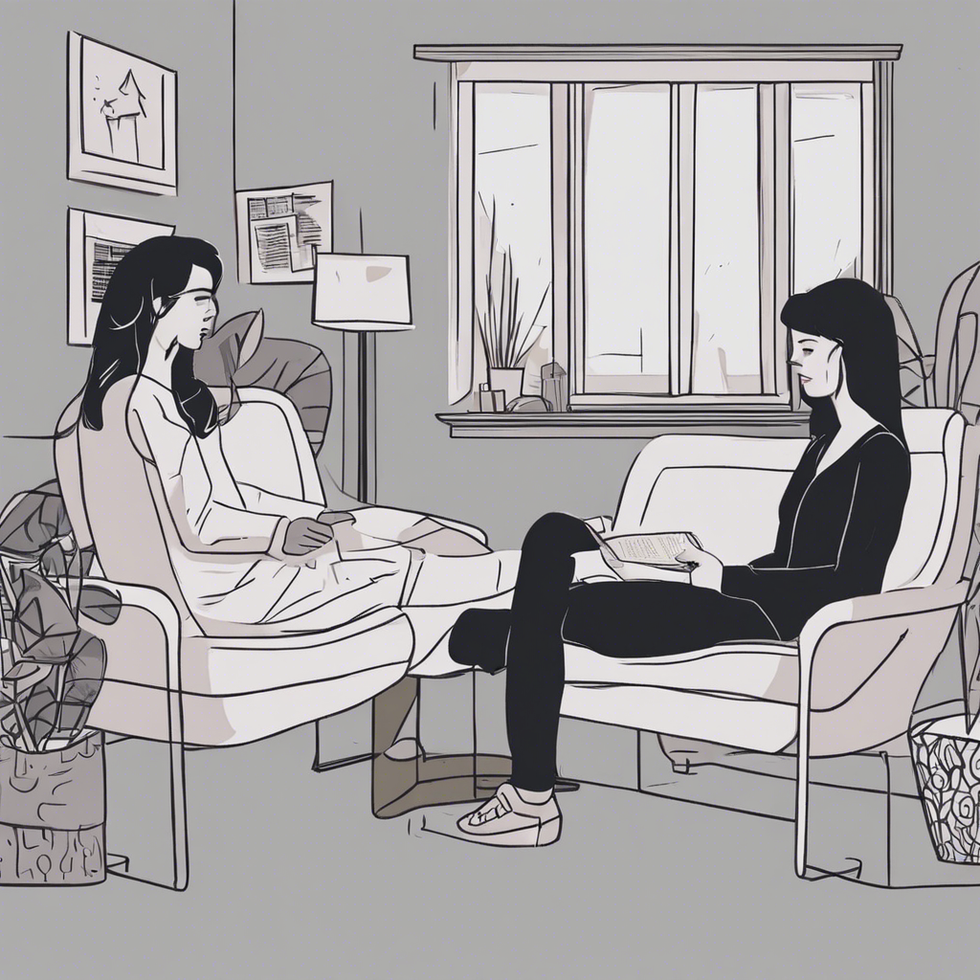 roommate as a therapist
StableDiffusion
roommate as a therapist
StableDiffusion
 woman in white shirt eating pizza
Photo by
woman in white shirt eating pizza
Photo by  person holding remote pointing at TV
Photo by
person holding remote pointing at TV
Photo by  person holding assorted clothes in wooden hanger
Photo by
person holding assorted clothes in wooden hanger
Photo by 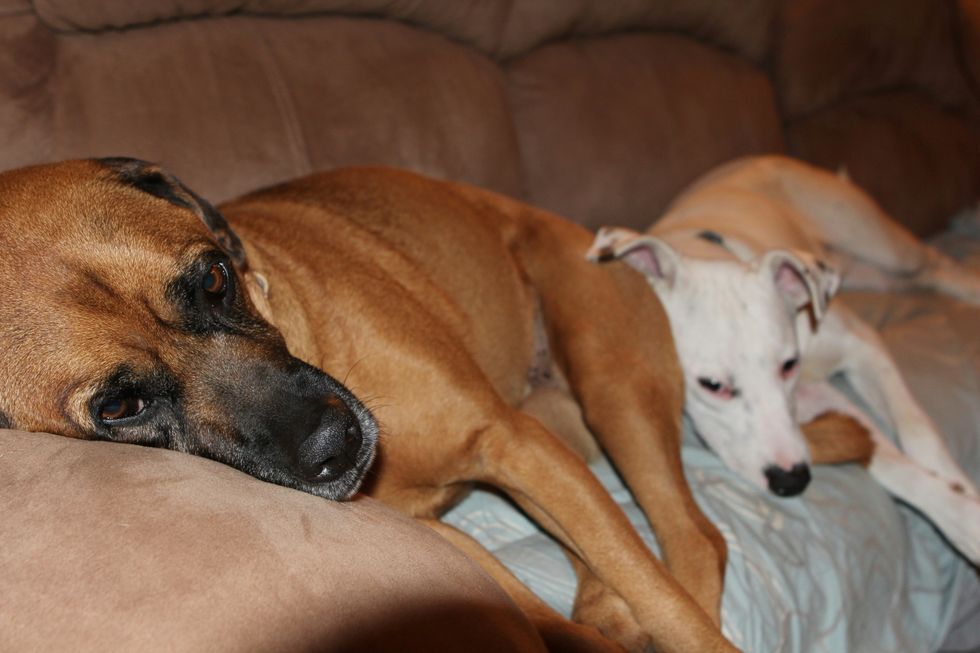 a couple of
a couple of 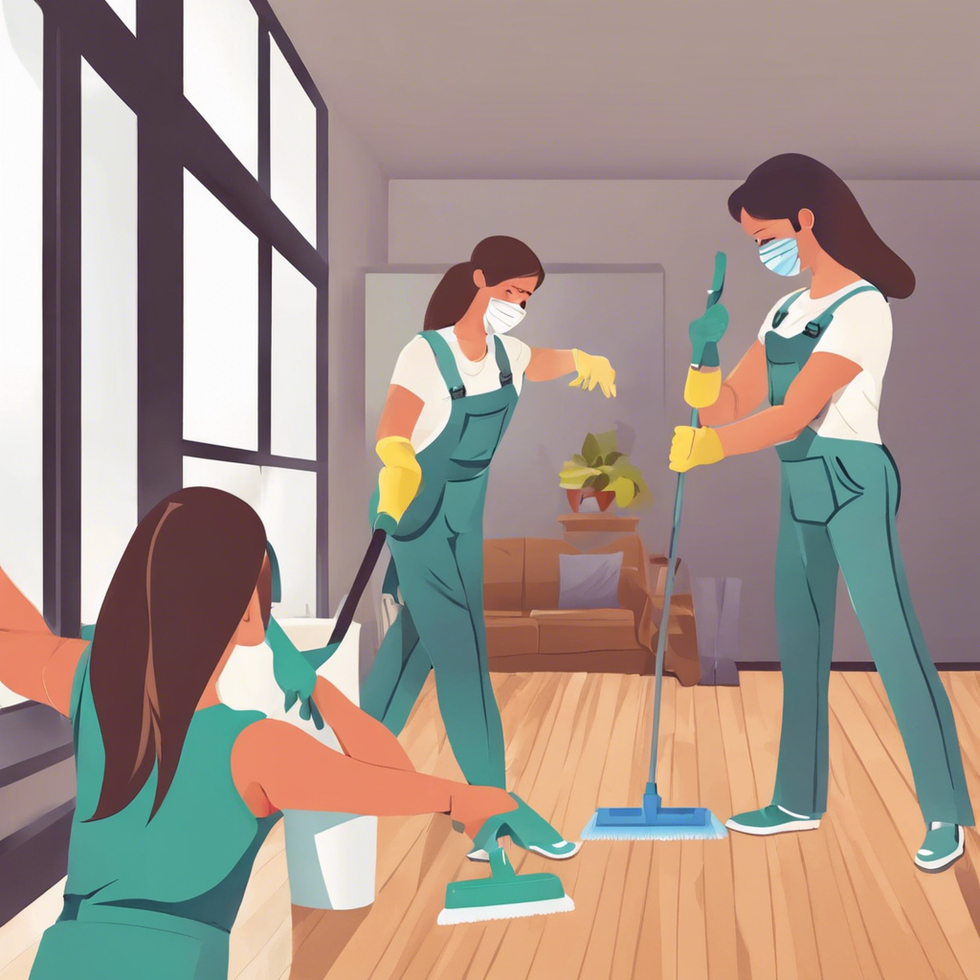 friends cleaning apartment
StableDiffusion
friends cleaning apartment
StableDiffusion
 man driving car during golden hour
Photo by
man driving car during golden hour
Photo by  bacon strips and melted cheese topped fries on oval white and blue platter with gray stainless steel forks
Photo by
bacon strips and melted cheese topped fries on oval white and blue platter with gray stainless steel forks
Photo by  selective focus photography of eyeshadow palette
Photo by
selective focus photography of eyeshadow palette
Photo by  brown wooden framed white padded chair in between green indoor leaf plants inside bedroom
Photo by
brown wooden framed white padded chair in between green indoor leaf plants inside bedroom
Photo by  women forming
women forming  taking
taking  man in red polo shirt pouring wine on clear wine glass
Photo by
man in red polo shirt pouring wine on clear wine glass
Photo by  woman in black jacket standing on road during daytime
Photo by
woman in black jacket standing on road during daytime
Photo by 
 StableDiffusion
StableDiffusion
 StableDiffusion
StableDiffusion
 student thinking i shouldnt have procrastinated all semester
StableDiffusion
student thinking i shouldnt have procrastinated all semester
StableDiffusion
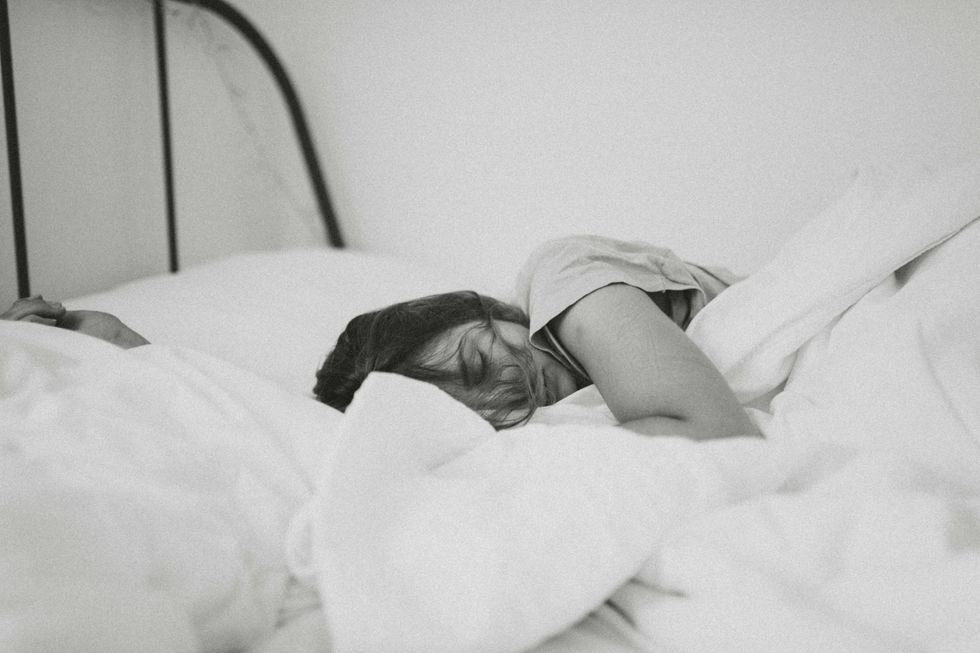 Photo by
Photo by  Photo by
Photo by  Photo by
Photo by 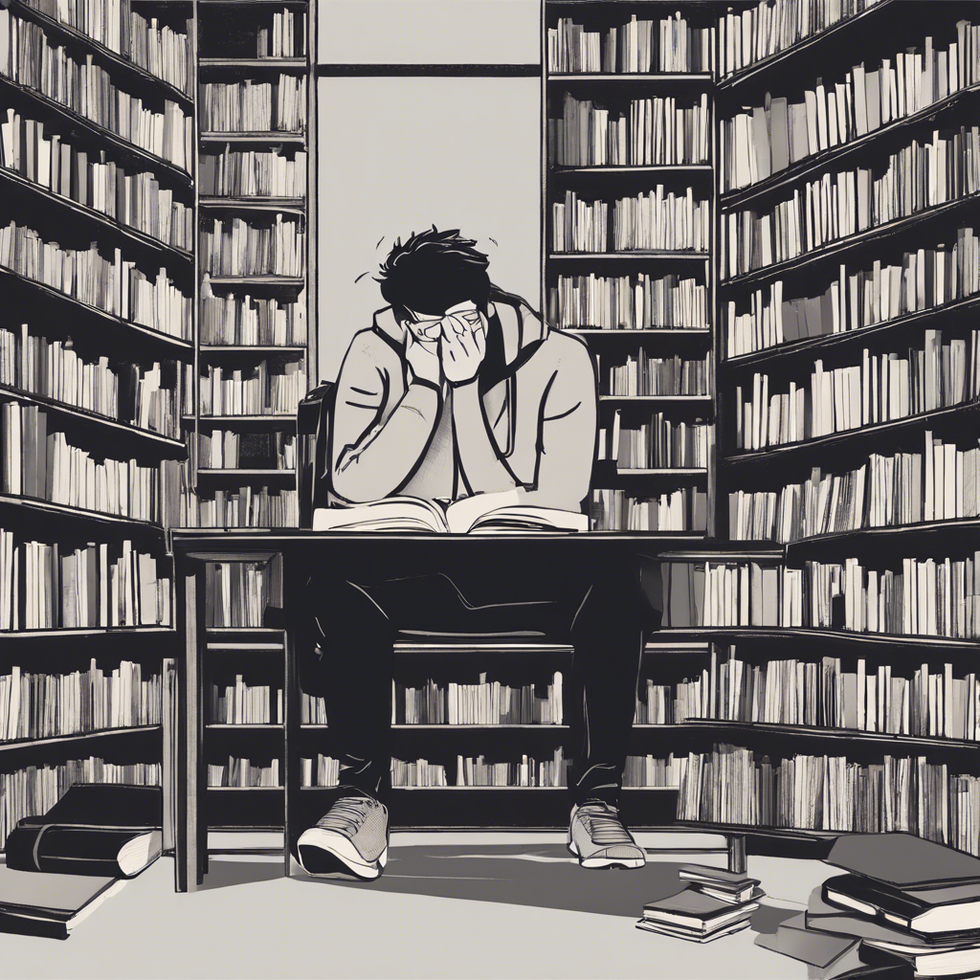 StableDiffusion
StableDiffusion
 StableDiffusion
StableDiffusion
 Photo by
Photo by  Photo by
Photo by 








